
Dear Readers,
I’ve greatly appreciated your comments, the flurry of entertaining videos, and inspiring words during these difficult times. I think often to one quote in particular:
“Let’s not count the days. Let the days count.”
I hope this finds you and your loved ones well and safe.
With warmest regards,
Sandra@startsolo
……………
18 October to 28 October, 2019
Staying at hostels in Tokyo meant compromising some comfort and privacy, but it also meant meeting kindred spirits and gaining information on places to go next.
Although I knew the cherry blossoms in Japan attracted hordes of tourists, I didn´t realize the colors of autumn did too. Travelers raved about towns not far from Tokyo with trees ablaze with color, splendid temples, and hot springs, but they also lamented the size of the crowds.
Tokyo was largely spared, but the typhoon left some towns with damaged roads and rail inaccessible. I looked into my options. The most appealing inns, tucked away in forests, were owned and run by the elderly. Unfortunately they were fully booked or, as one owner more or less stated, “We are only two here and we have been working very hard. We are old. We are tired. We are closed.”
And then a couple from France mentioned Magome: one of many ancient “post towns,” that existed along a path connecting Kyoto and Edo (now Tokyo). It fell out of use with the introduction of the railroad, but the old wooden buildings remain. Although the town seemed appealing, hiking the Nakasendo trail which connects Magome with Tsumago, another post town, along the original highway, seemed ideal.
Although far fewer people spoke English than I’d imagined, taking several trains and a bus to Magome was pleasant and relatively easy. Virtually all signs were bilingual and there was always someone willing to assist me.
The Gaku Magome Guesthouse, about a fifteen minute walk uphill from the bus stop and town center, was huge and previously an elementary school. Japan’s markedly decreasing population has left many schools closed or repurposed. The industrial-size kitchen’s sinks, tables, and chairs were barely thigh high. (Despite some awkward posturing, the kitchen was a godsend: all shops and restaurants closed around 4pm.)
Despite the building’s high ceilings and endless hallways, the warmth of the staff, extremely comfortable bunk beds: each enclosed in a private wooden compartment with reading lamp, and welcoming communal areas, the guesthouse felt surprisingly cozy.
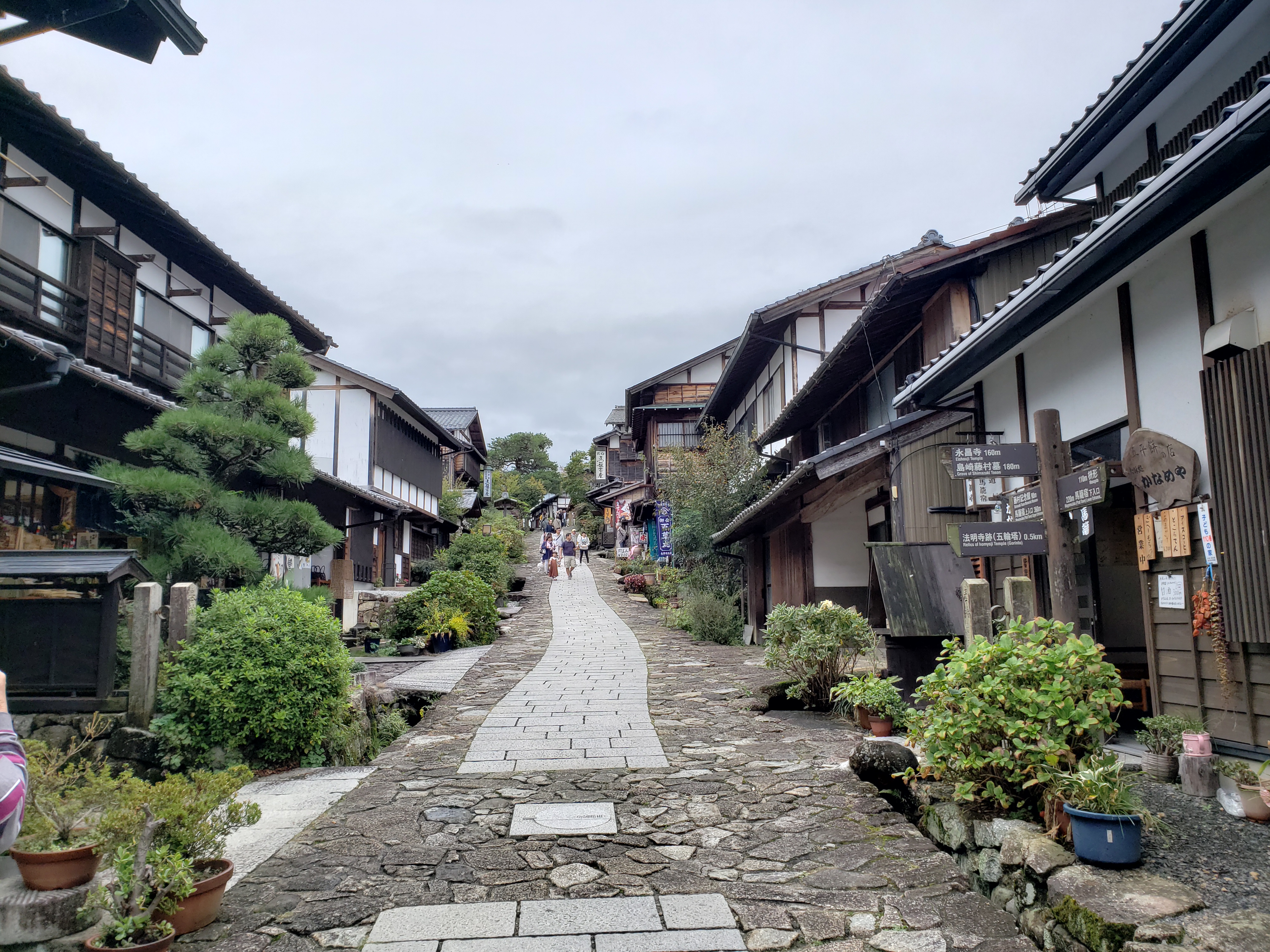
I’d been mostly unaffected by the Rugby World Cup fever sweeping across the country. But I happened to be there on a night that the Japanese team was playing. The few guests (the typhoon had deterred many travelers) from Japan, Taiwan, Australia, Spain, Belgium, the staff, and I gathered to watch the game. Many of the travelers were serious sports fan and had come to Japan specifically for the World Cup.
Japan was hoping to once again defeat South Africa (They’d managed to do so in a remarkable upset back in 2015). The team enjoys a faithful following and admiration from locals, and foreigners: they make up for any lack of prowess with their extraordinary gusto. Beer and food were passed around as our small group gathered on couches, chairs, and the floor to watch them play. The staff had made banners for their team and were prominently on display. As cries of elation, frustration, and excitement filled the room, I made an attempt to understand the game, and failed. At least for a time the enthusiasm and passion was contagious and the sense of team spirit lingered. I was sorry to hear of Japan’s defeat the following day.
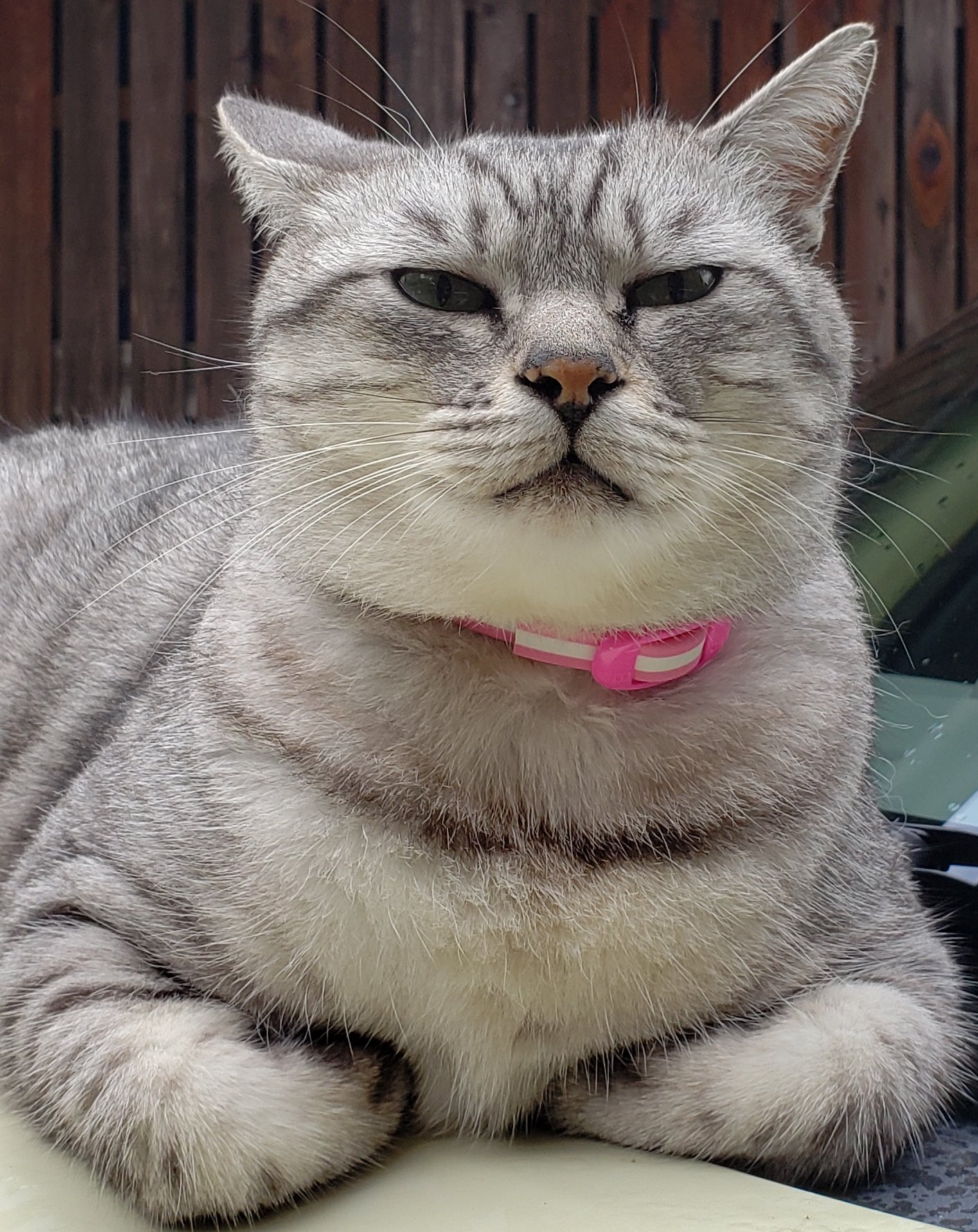
Baths are an integral part of Japanese culture and onsens (hot springs) are the culmination. Onsens vary in size and ambiance, but the honored traditional etiquette is fixed. An exception is the recent admittance, in some onsens, of people with tattoos–a symbol of the yakuza or Japanese mafia–but the tattoos need to be covered with bandages or tape.
I was familiar with communal bathing (women only) having savored many hours at hammams (steam baths) in the Middle East, Turkey, and Morocco, but onsens were uncharted territory.
The guesthouse made arrangements for me to visit one. Hiroke, another guest, who could have been mistaken for a Sumo wrestler, and I were the only ones interested. I was expecting an ancient wooden structure but we arrived in front of a modern long, white, low-lying building. The lobby looked disappointingly corporate.
A man with a large smile standing behind a counter warmly welcomed me in English and asked for my shoes—it reminded me of going bowling as a kid. In return I received a small towel and numbered bracelet with a tag. Now barefoot, Hiroke and I headed down the wide staircase where he pointed to the woman’s entrance marked in Japanese.
I entered a large room with multiple sinks, vanity tables complete with an assortment of creams, showers with low stools, bottles of soaps, and rows of lockers and benches. The space was nearly empty except for a few women, all Japanese, who were showering, combing their hair, or chatting.
I’d retained an image of extremely modest Japanese women where the exposed nape of a neck was the height of eroticism, so I was surprised to see all the women comfortably naked. (The YMCA locker room back in Brooklyn seemed Victorian in comparison.)
I wandered around the aisles of lockers looking for the one matching the number of the tag on the bracelet. I found it, and tried using the tag as an electronic key. No luck. A woman with short cropped black hair and gentle smile approached me. She knew a little English and seemed delighted to have the opportunity to speak it. She showed me the small key artfully tucked inside the bracelet (there was no end to the clever designs I would see in Japan).
I removed all my clothes and placed them and the towel inside the locker. It was clear that towels were not used for covering oneself and after showering–onsens are not for washing—I was heading directly to the hot springs so there was no point in drying myself off.
I walked through an area with more showers into a spacious room with large windows, bare walls, and a medium size pool: the onsen. I sat down slowly, adjusting to the hot water, and relaxed. The heat made me light-headed.
A woman sat across from me with eyes closed and a folded towel atop her head. Another woman took a towel, placed it under a faucet of cool water, folded it, placed it atop her head, then entered the pool. So that’s what the towels were used for. I regretted having locked my towel away.
Reclining neck deep in was quite pleasant, but I felt like I could have been anywhere, except for the naked part, soaking in some baby pool with hot water (onsens are not for swimming). And then I saw a woman go through a set of glass doors. What was I missing? The doors led outside. The night was chilly and I was hesitant to follow, but my curiosity prevailed.
High stalks of bamboo and large rocks enclosed a natural pool of steamy water. The ceiling of bright lights was replaced with the night sky and all was silent. I waded into the pool and a light rain started to fall. I sat back enjoying the cool water on my face and the warming water of the onsen. I was transported to another world.
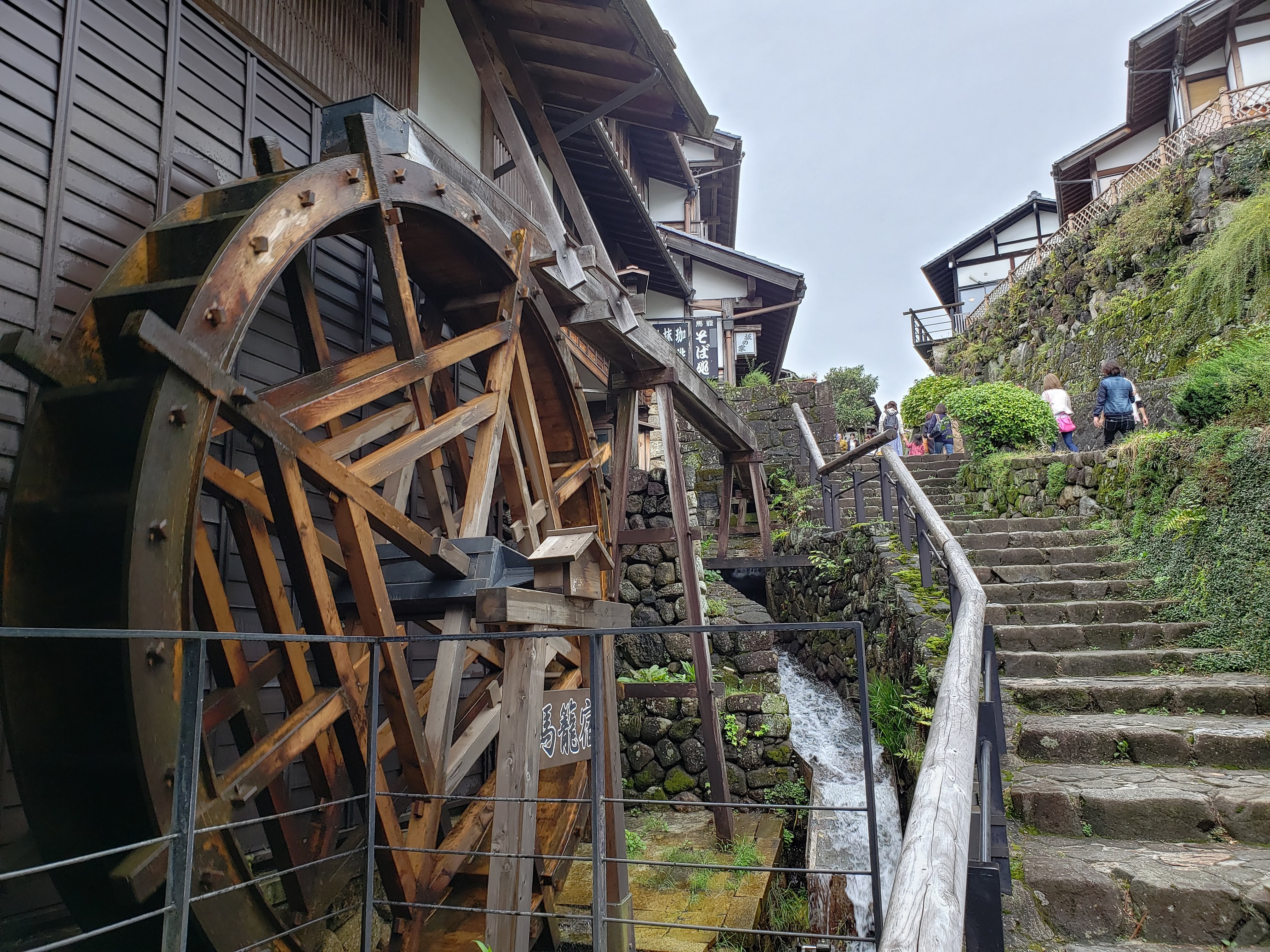
The following morning, after breakfast, I walked from the guesthouse down to Magome where the Nakasendo trail began.
Busloads of Japanese tourists had already arrived in town and the picturesque cobbled main street was packed. They were indulging in red bean sweets, dumplings, matcha and chestnut ice cream, chestnut confections, roasted edibles on wooden skewers that would regretfully remain a mystery, and other freshly made snacks while resting or strolling in and out of the numerous clothing, craft, and frivolous souvenir shops.
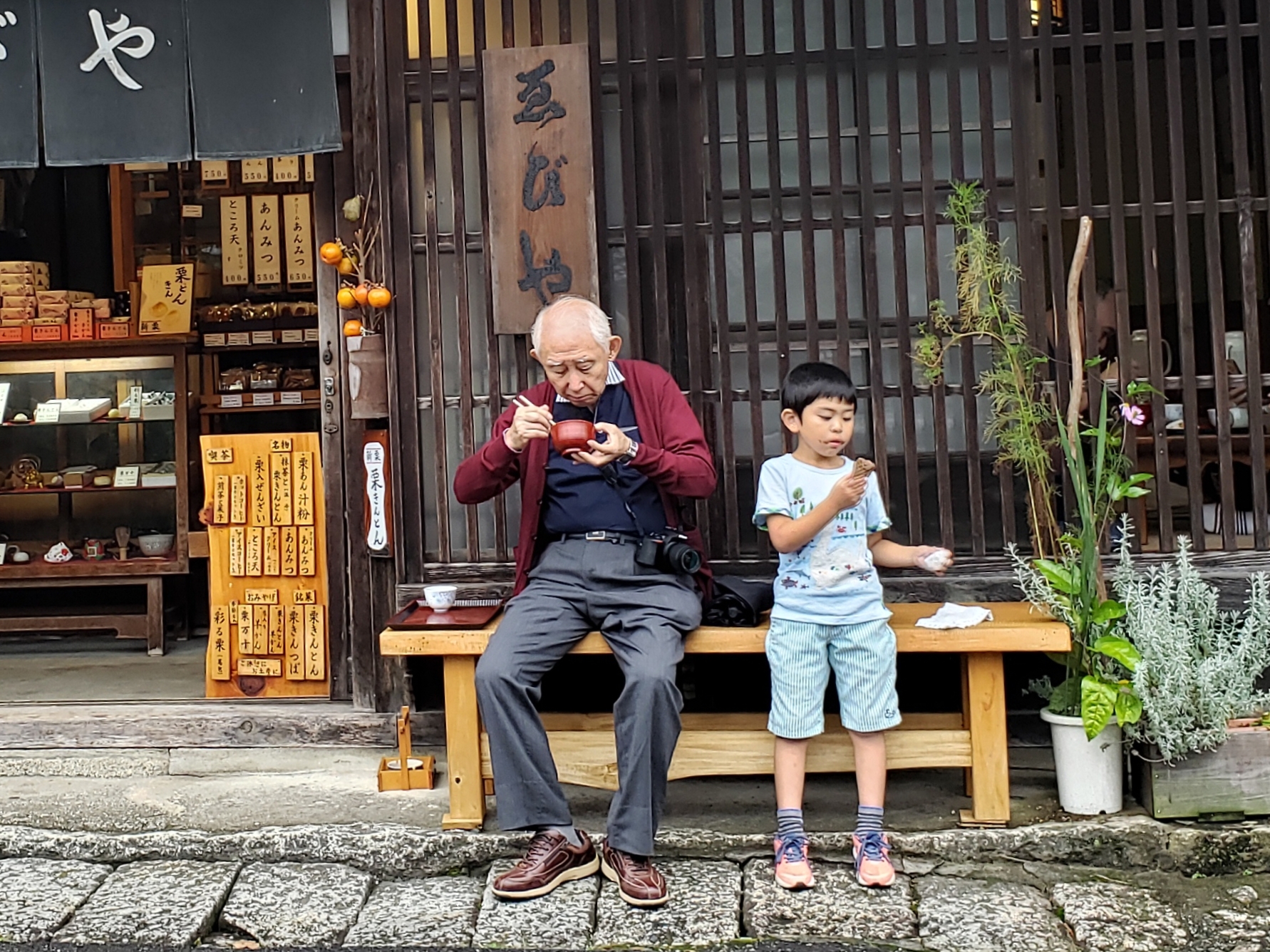
The trail began at the town’s end with a steep uphill. I was happy to leave the crowds behind and was soon walking through forests of trees and bamboo, crossing rivers on old bridges, gazing at waterfalls, and passing small communities with traces of daily life but no locals were in sight.
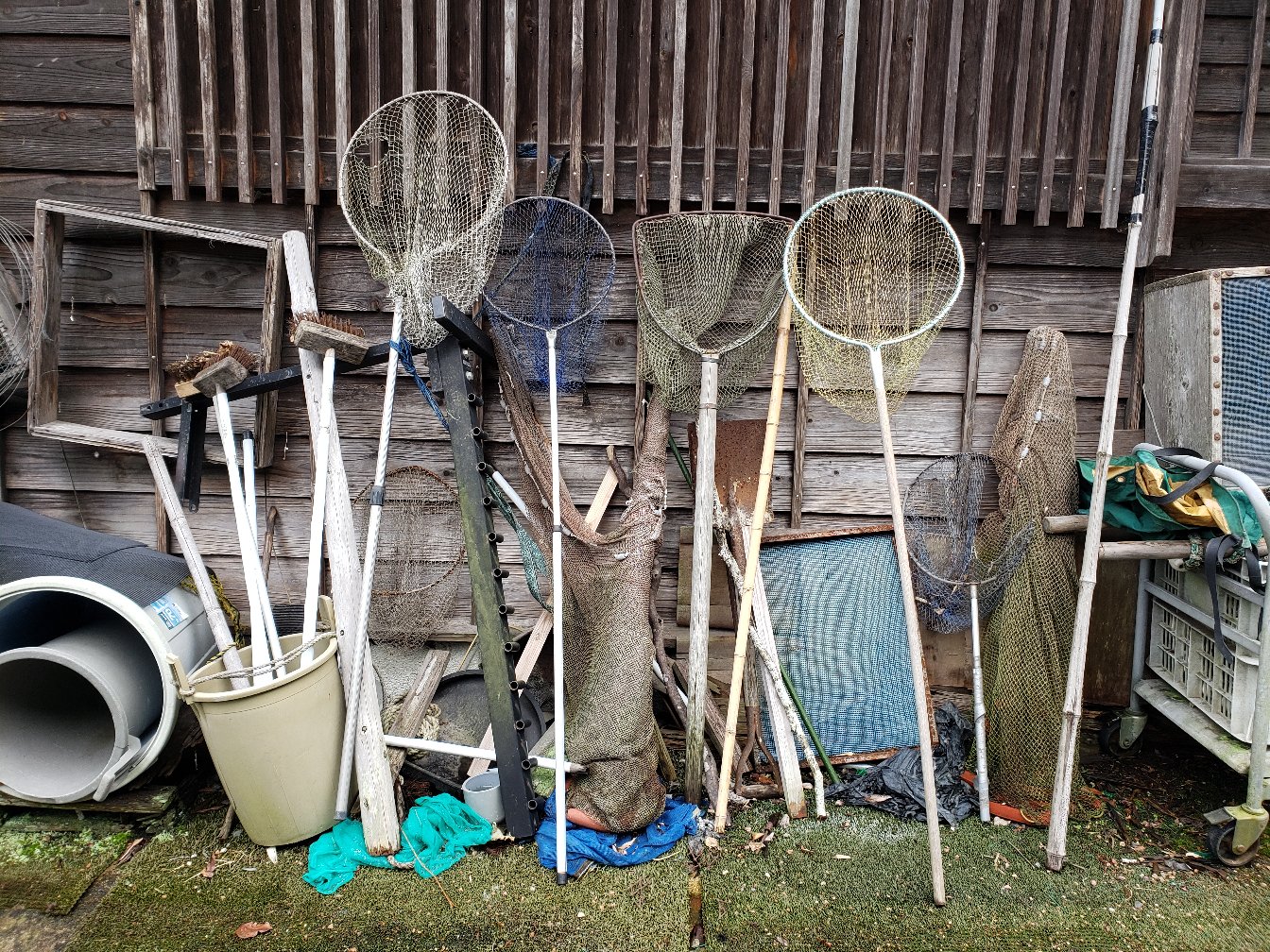
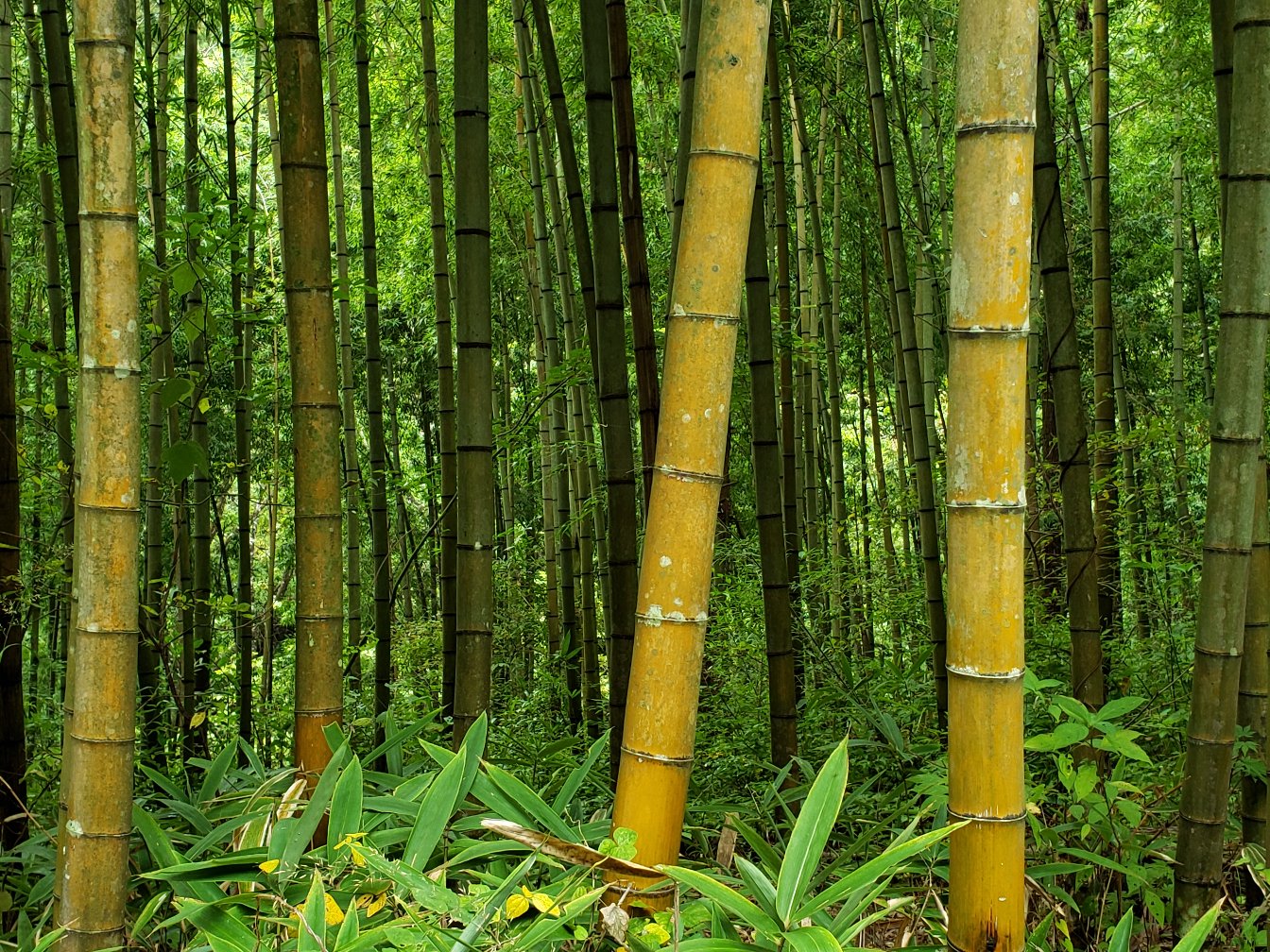
And then there was the ringing of the bells placed along the route to ward off the bears.
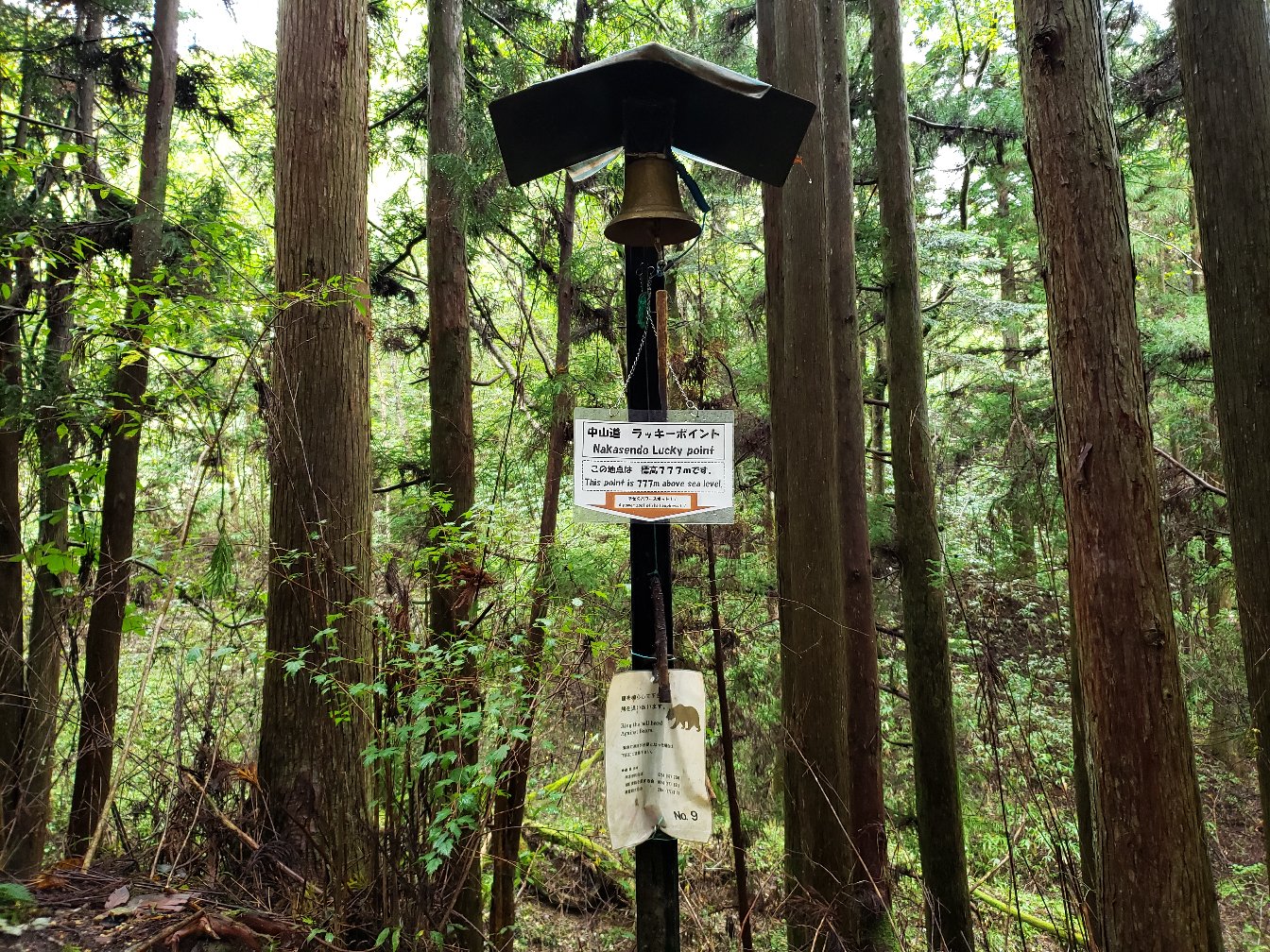
About midway, I was welcomed to enter an ancient teahouse by an elderly gentleman pouring cups of teas for the hikers. A group of us from various countries sat on opposite sides of a long wooden table enjoying hot tea, tasty snacks, and conversation before leaving a donation and setting off again.
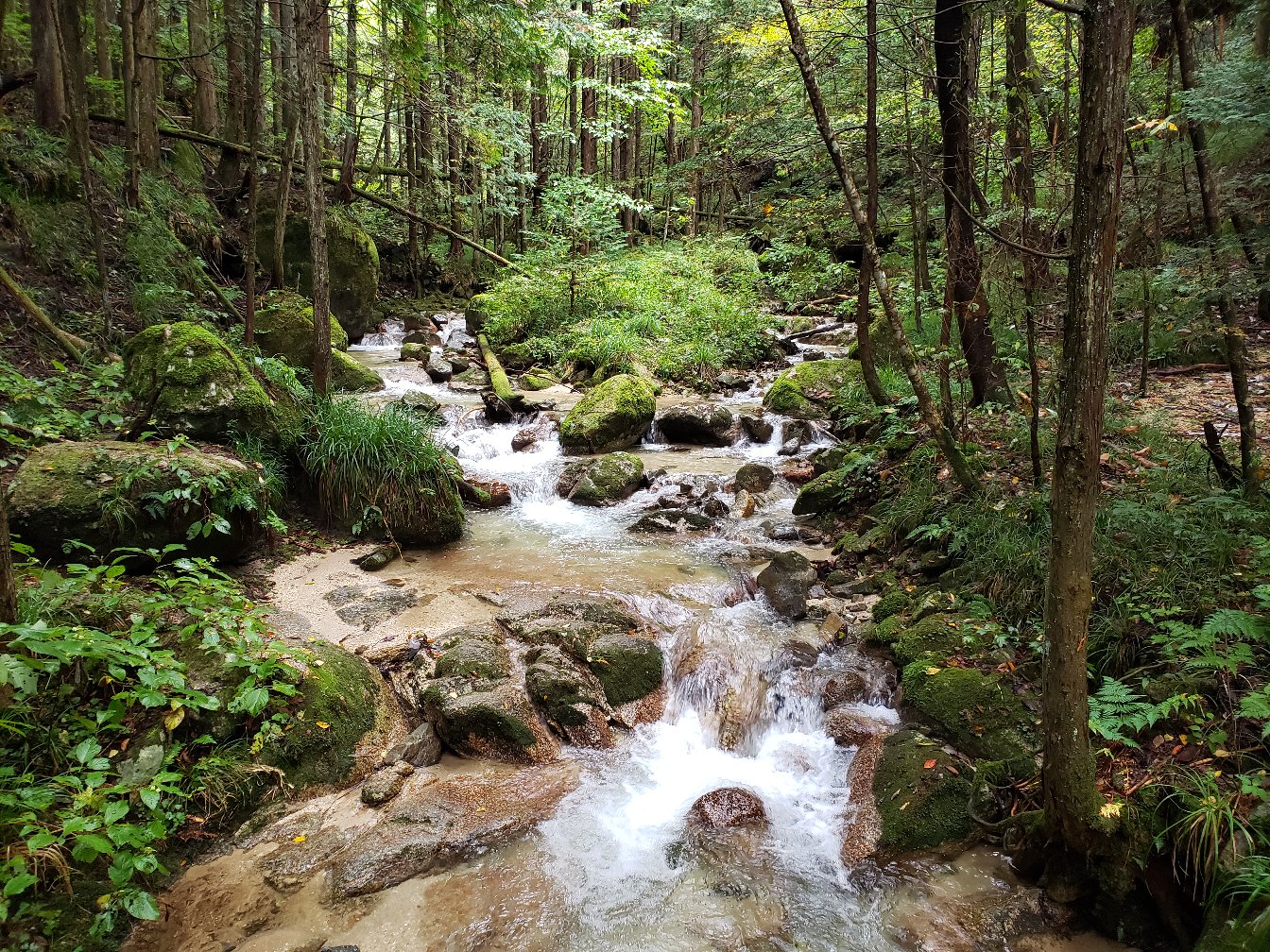
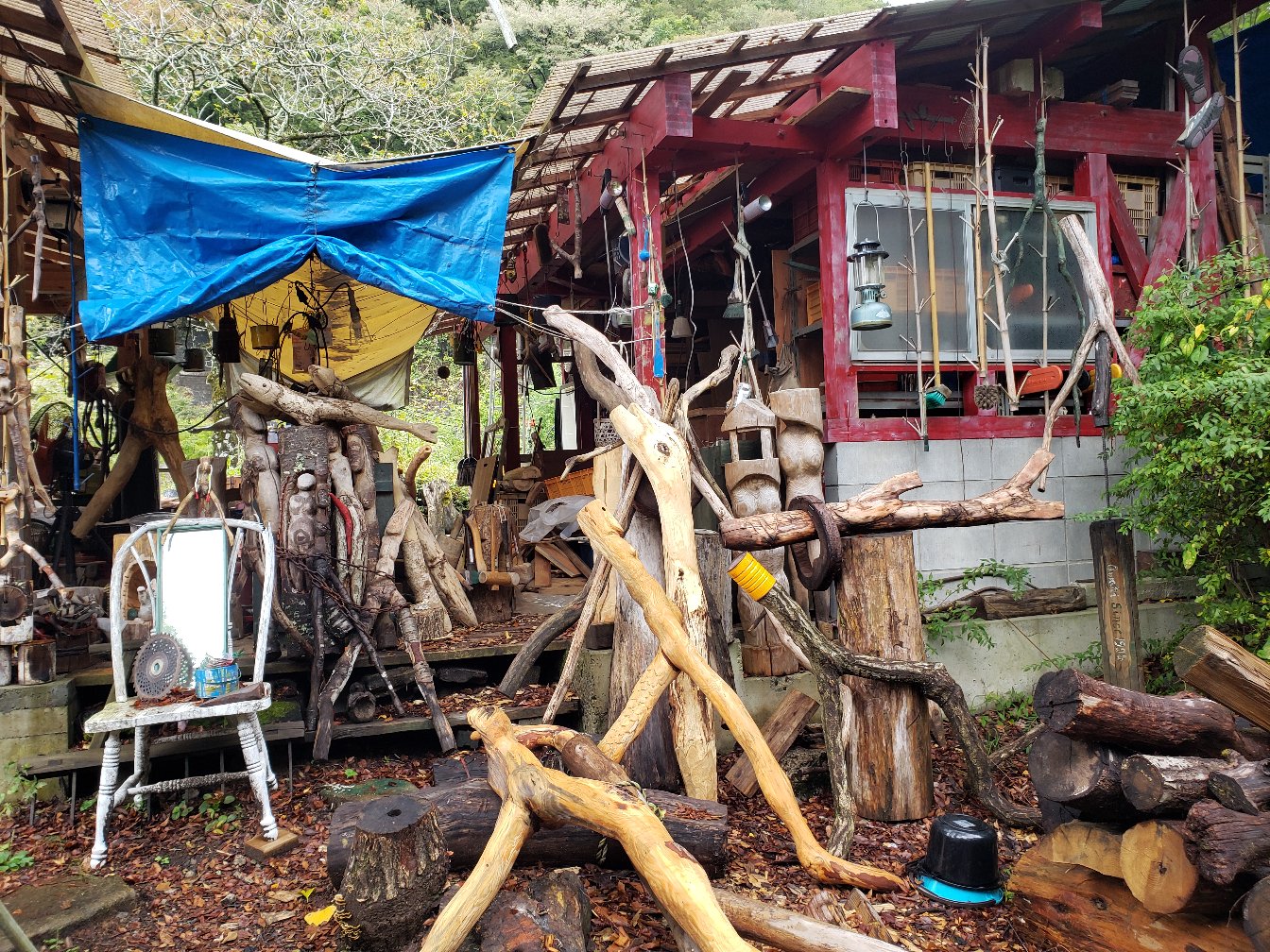
Returning to the guesthouse late in the afternoon, pleasantly tired and sated from a hearty lunch of the area’s specialty, soba noodles, I considered where I would go next.
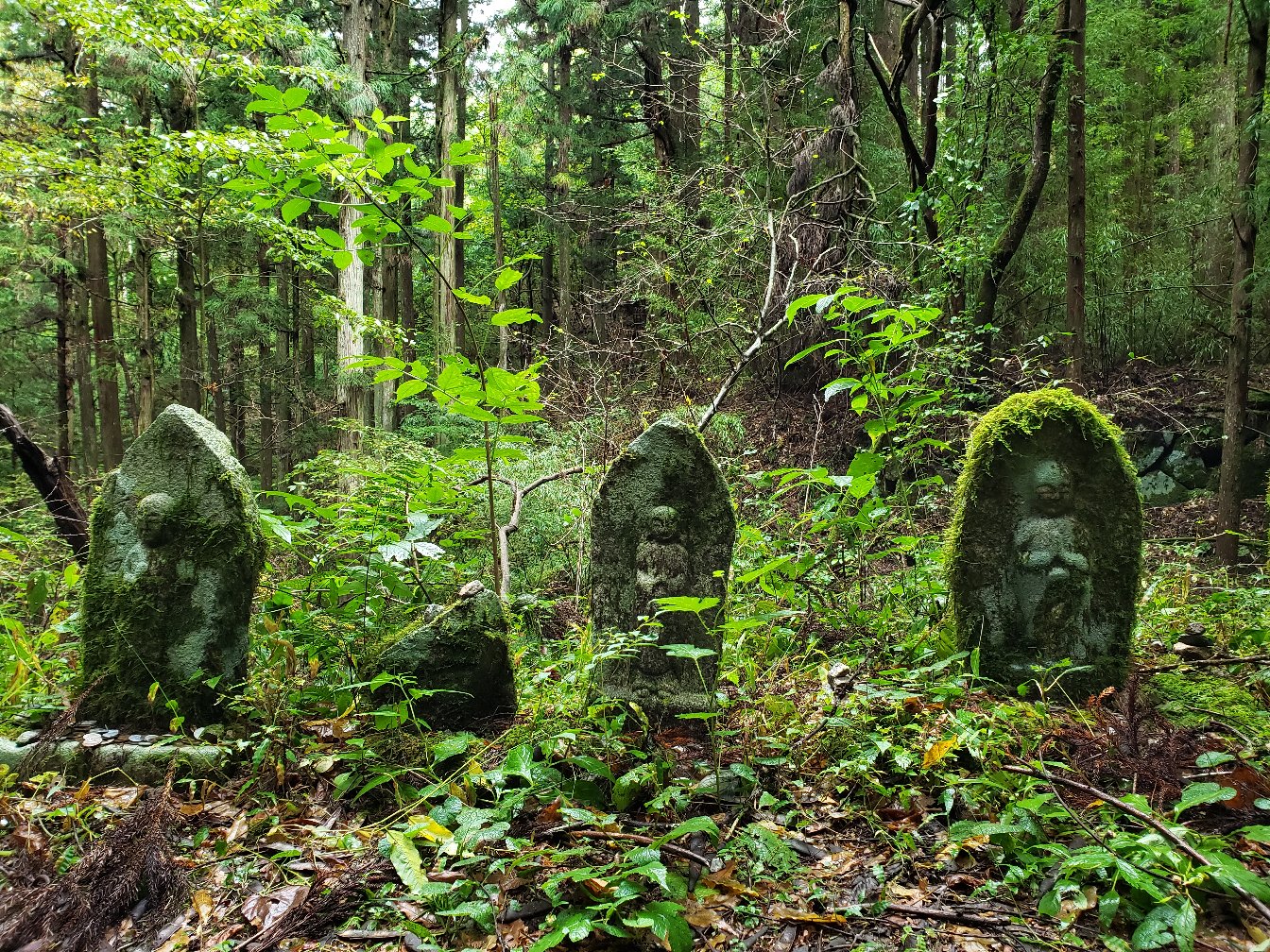
I chose Takayama, a small city. Wooden buildings and narrow lanes of the ancient quarter were stunning, but they too were mobbed with tourists. Fortunately, the beautiful temples and expansive, lush cemetery on the outskirts were nearly empty, except for the birds who seemed as happy as I to be there.
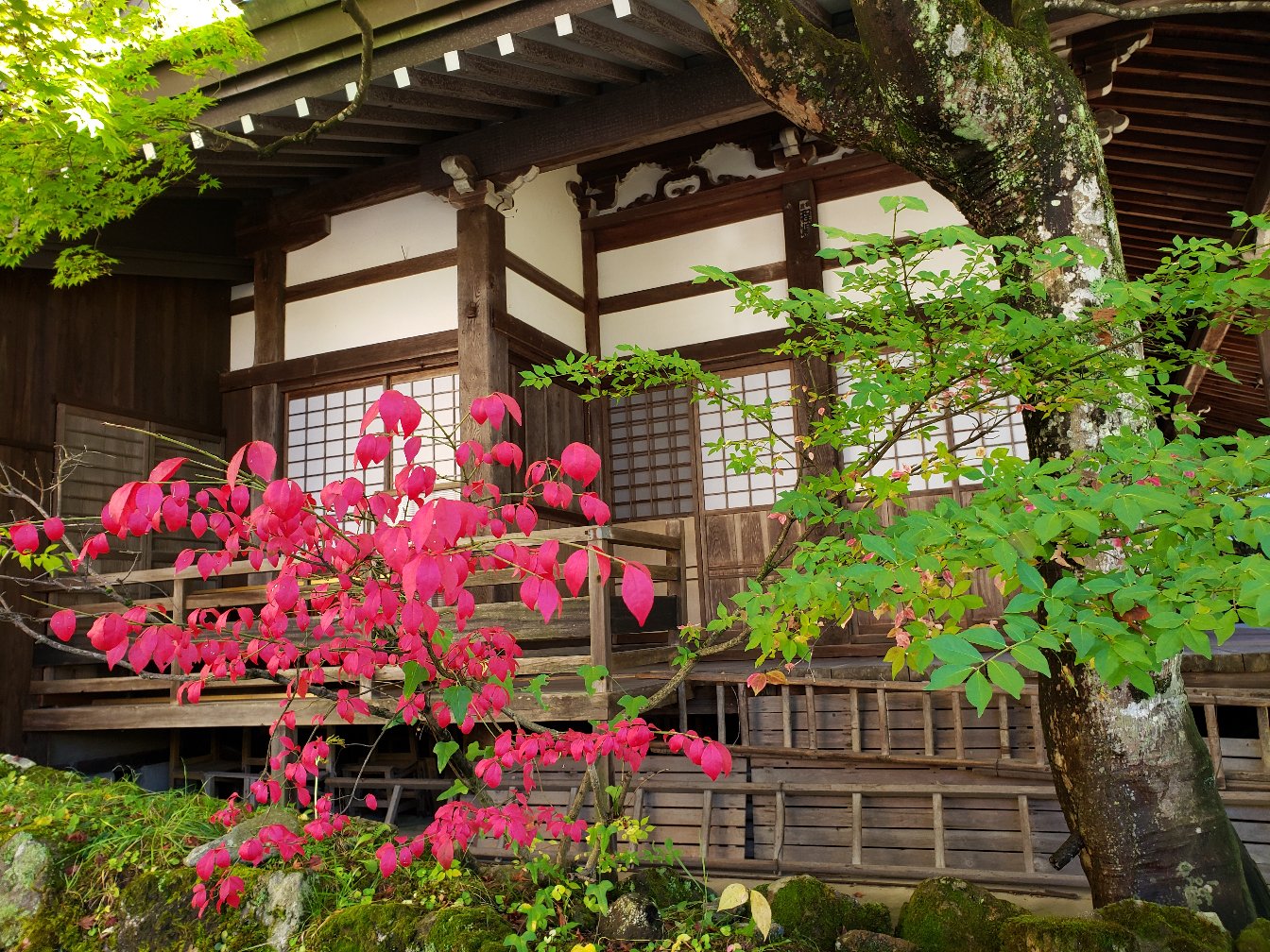
A day trip to Kamikochi in the Japanese Alps was a highlight and revealed autumn’s splendor.
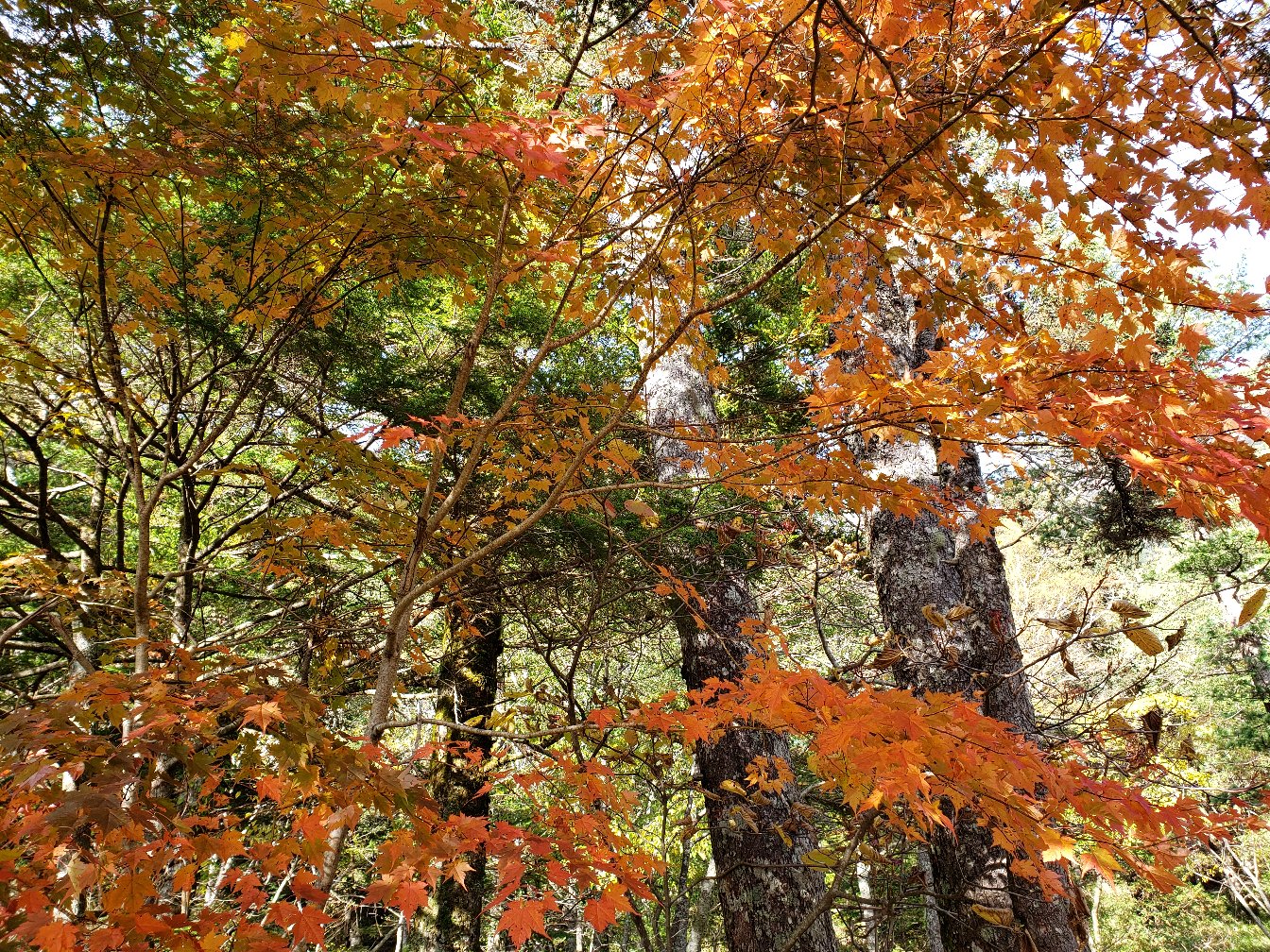
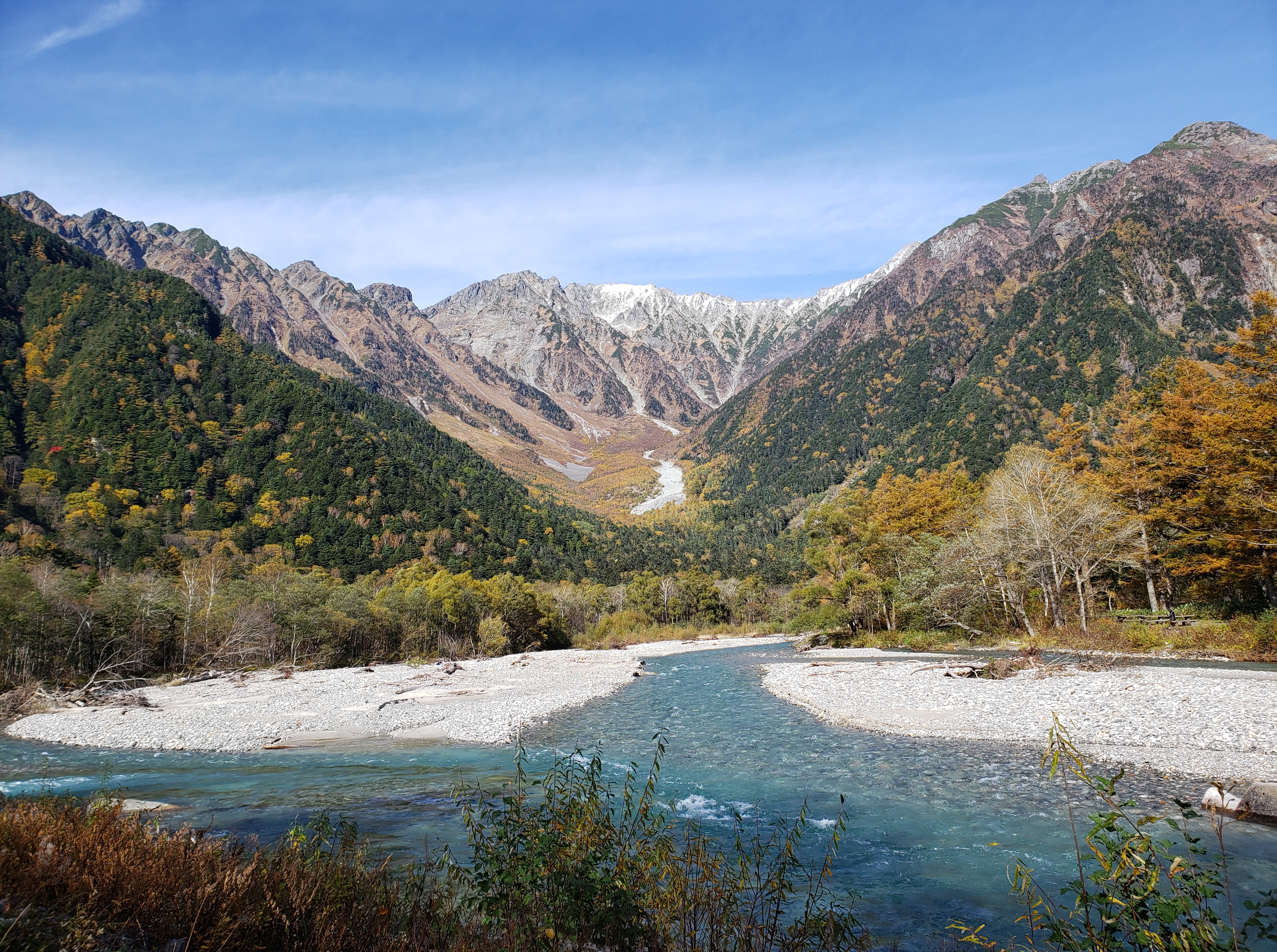
That evening I managed to find a tiny restaurant, where I learned the removing of shoes before entering was a good sign, serving divine sashimi far from the hubbub.
Next stop Kyoto.
For many people, Kyoto is the ideal Japanese city. I’d spent about a week there decades ago, retained many fond memories, and considered staying for a month.
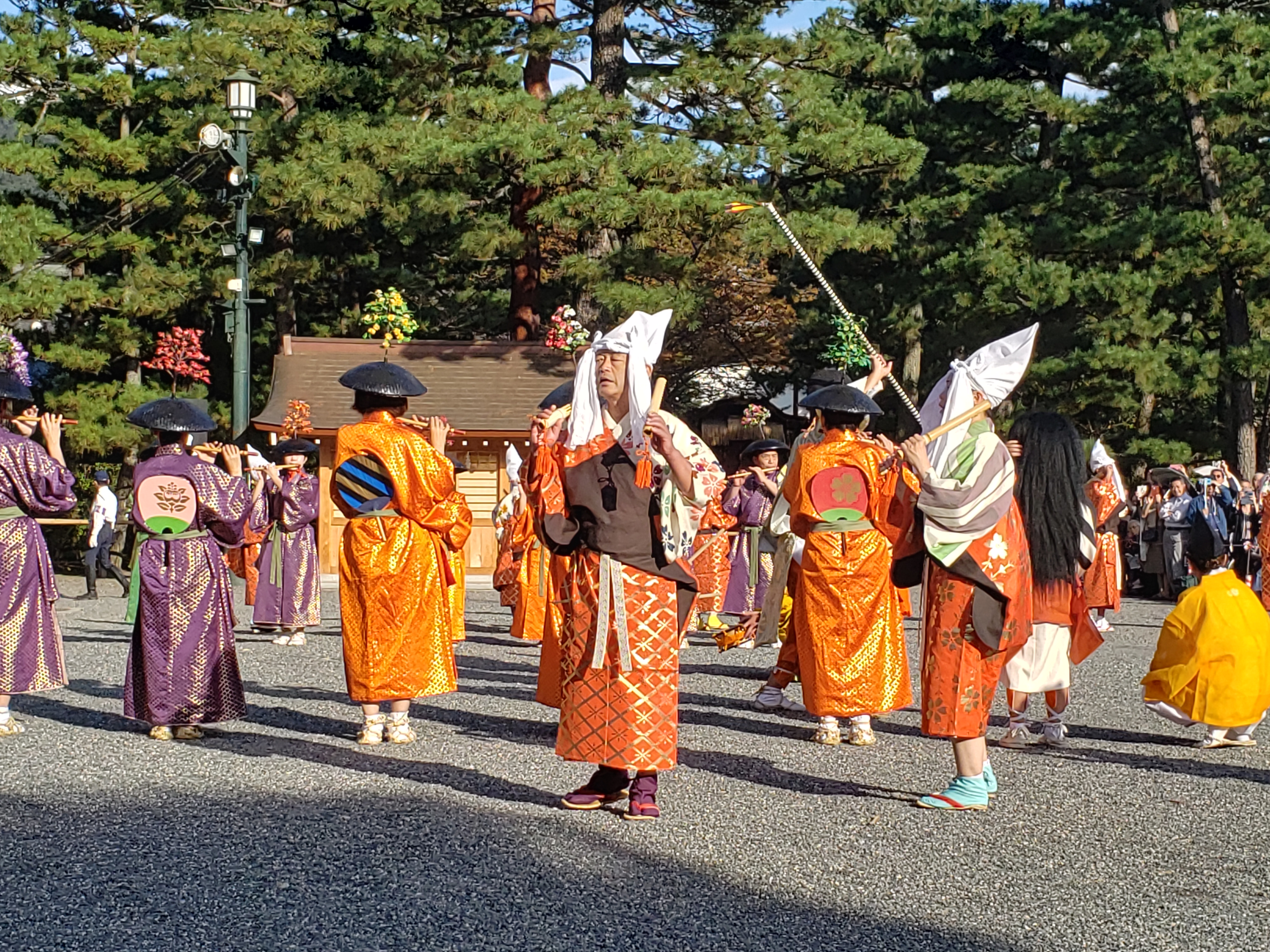
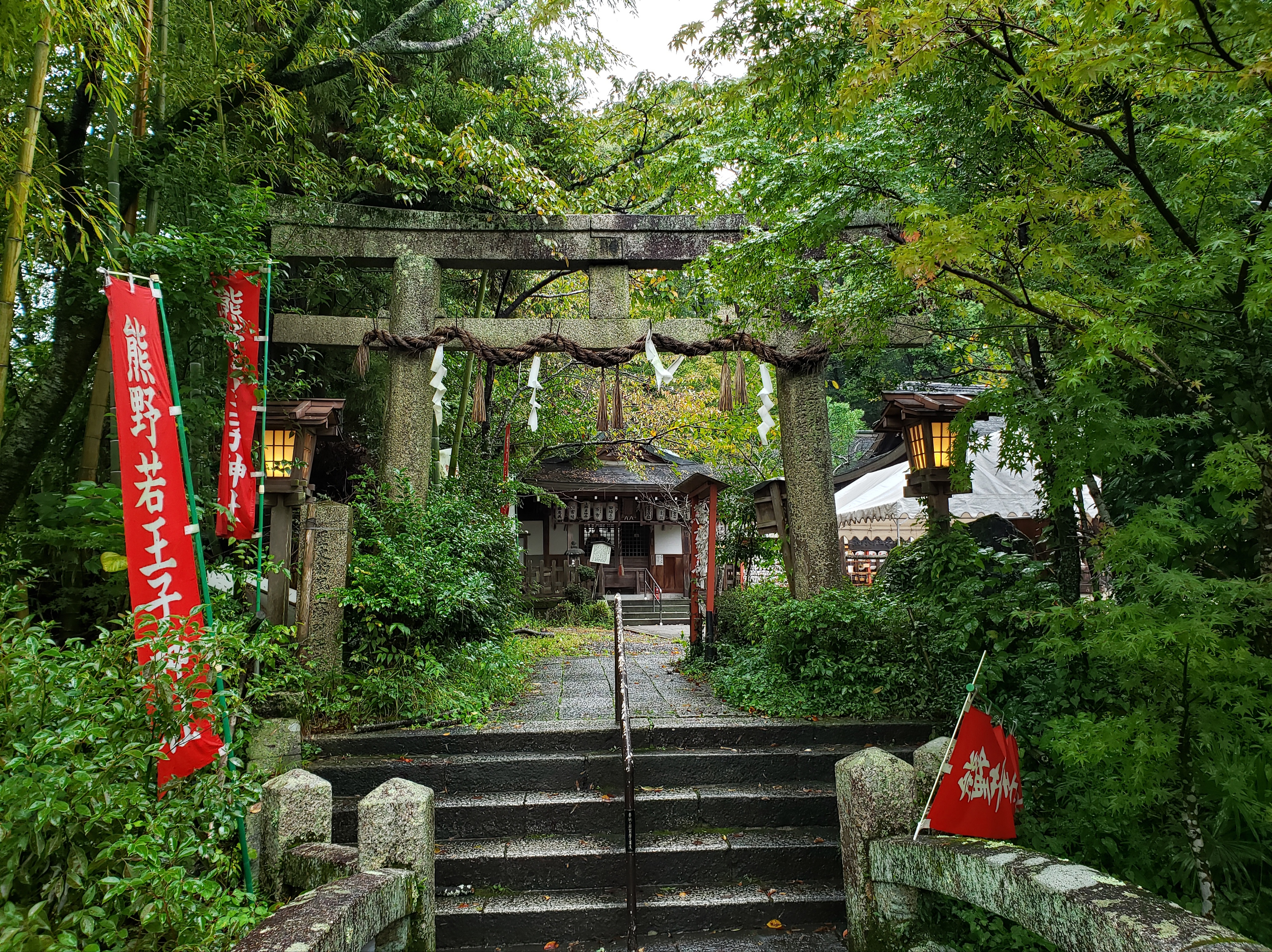
But the beautiful traditional home I rented was suddenly not available for an extended stay and I reconsidered my plans. After five days of exploring, indulging in local specialties, being the sole spectator at a Butoh dance performance (maximum capacity was ten), getting lost in the backstreets, and finding the city more crowded and bustling than I recalled, I decided to go to the Setouchi Triennale. It was the reason I’d come to Japan after all.